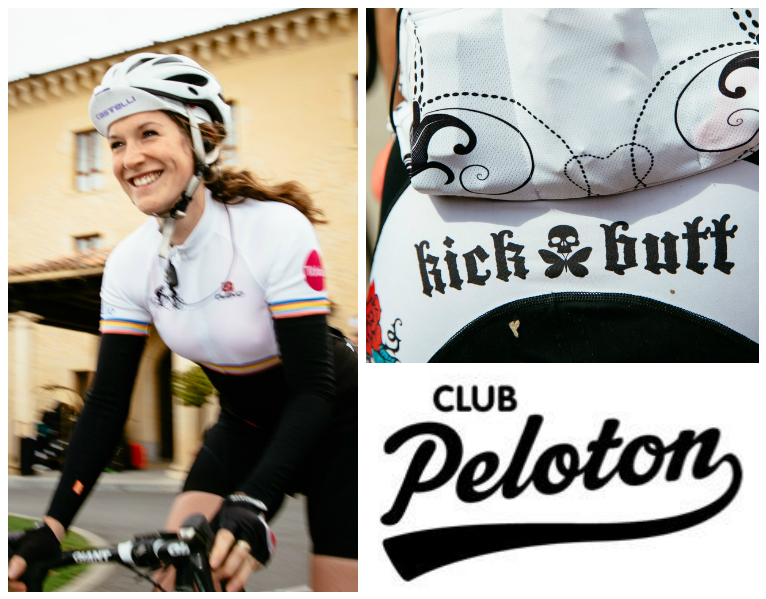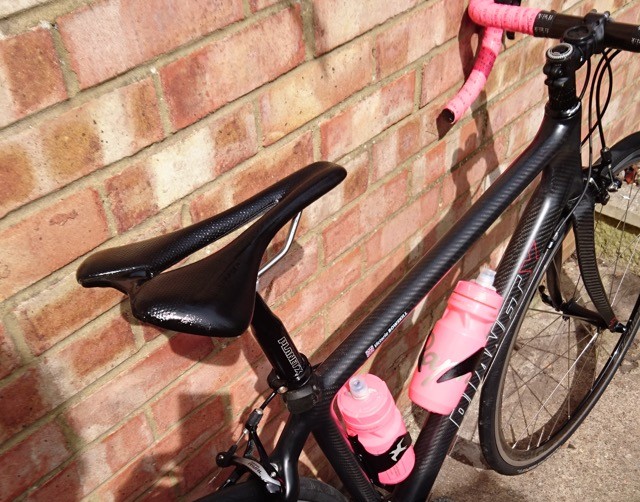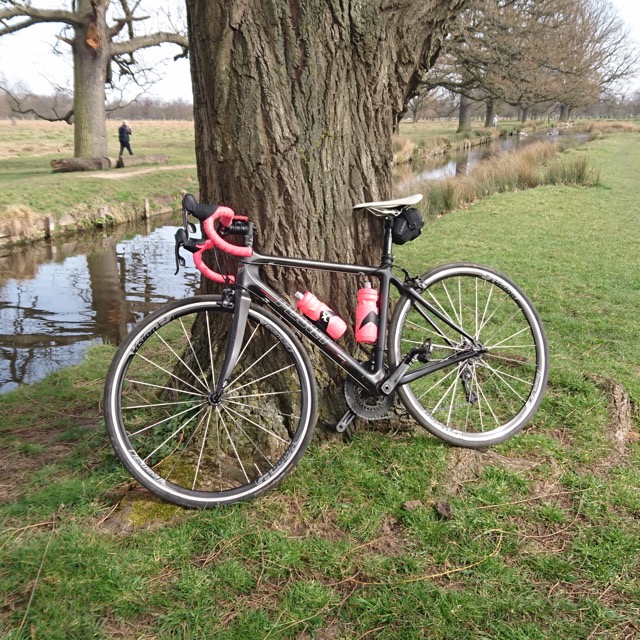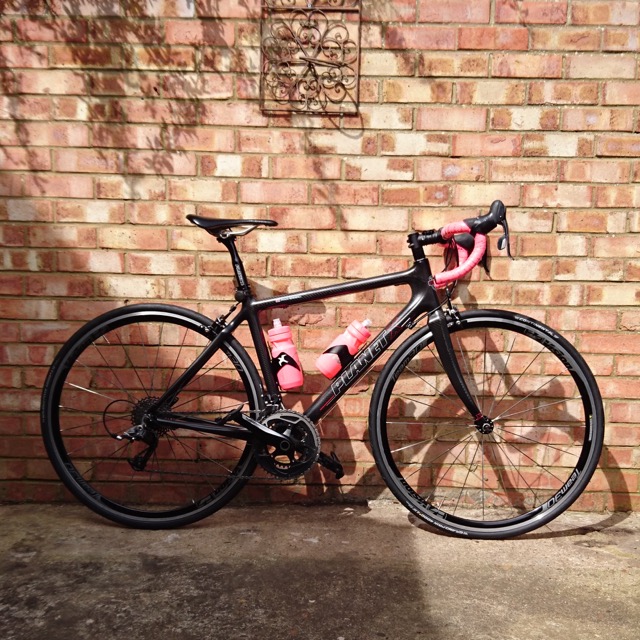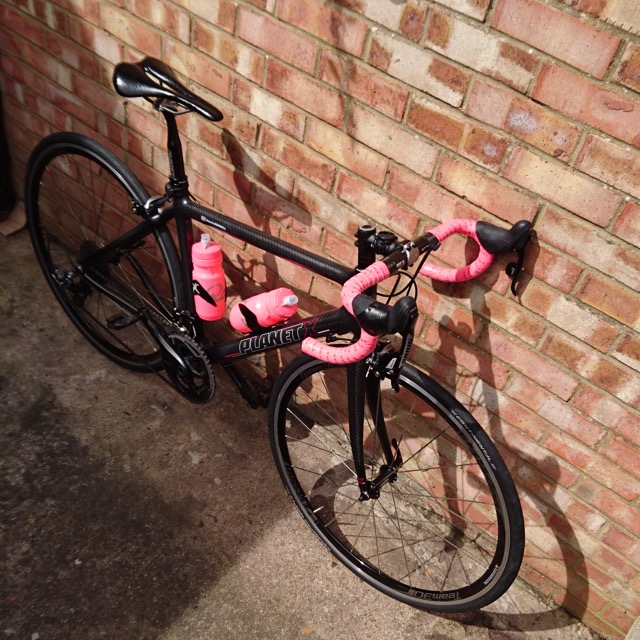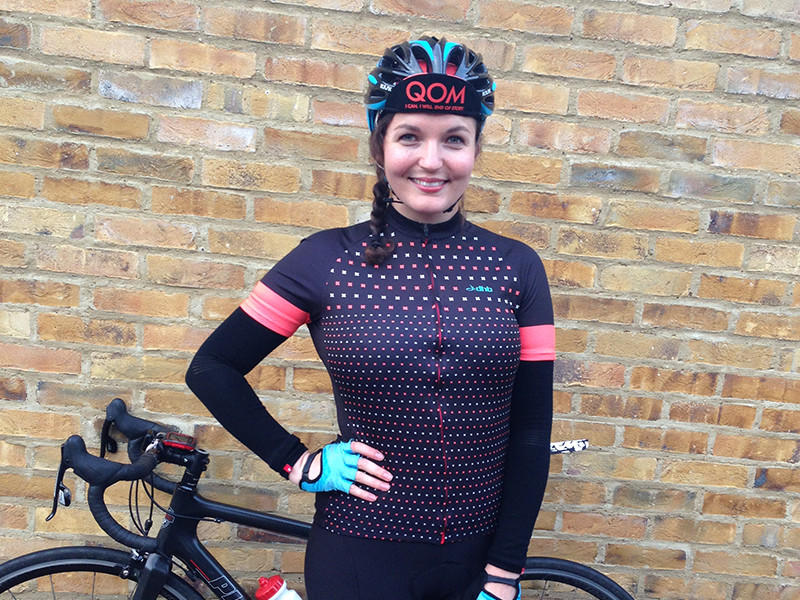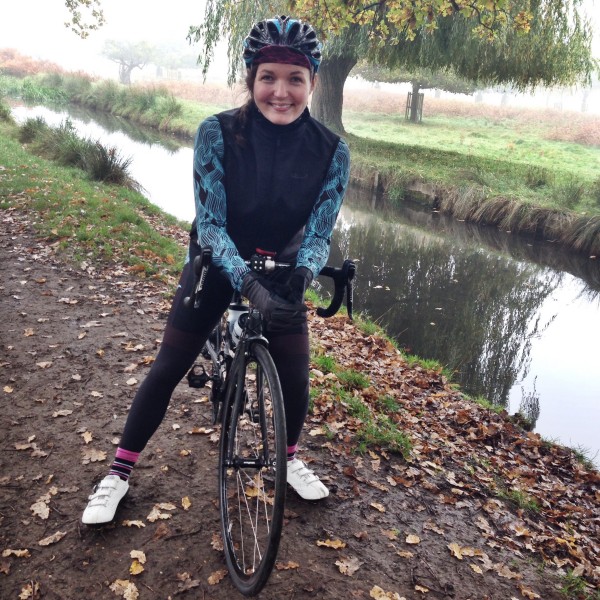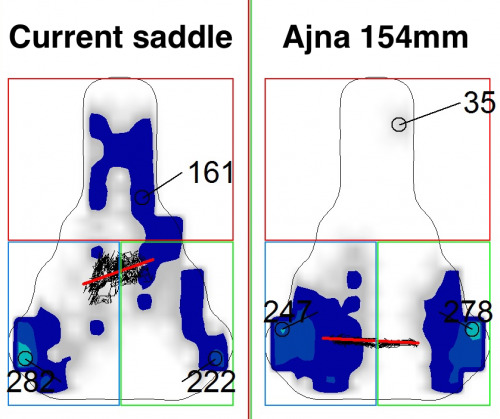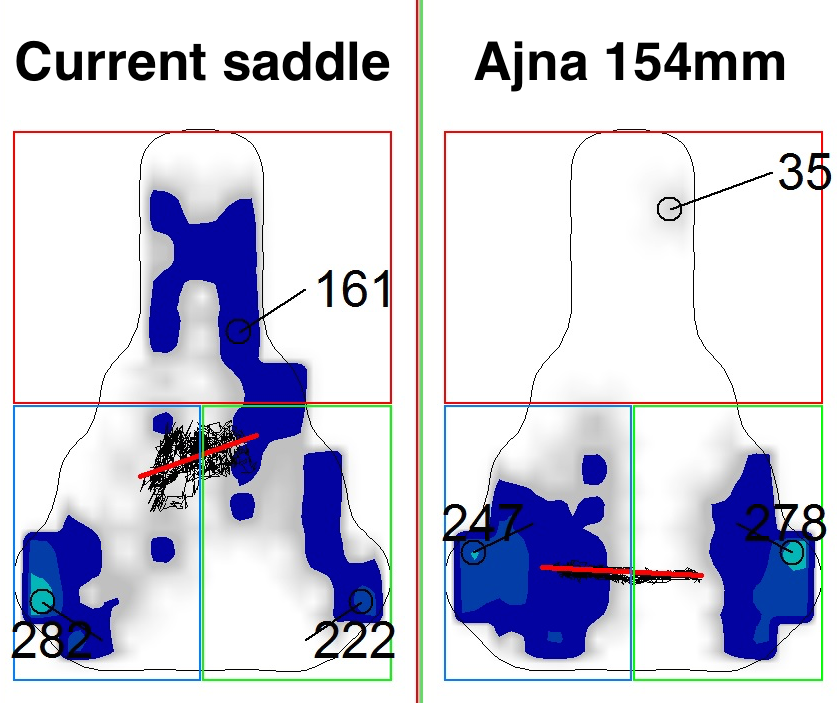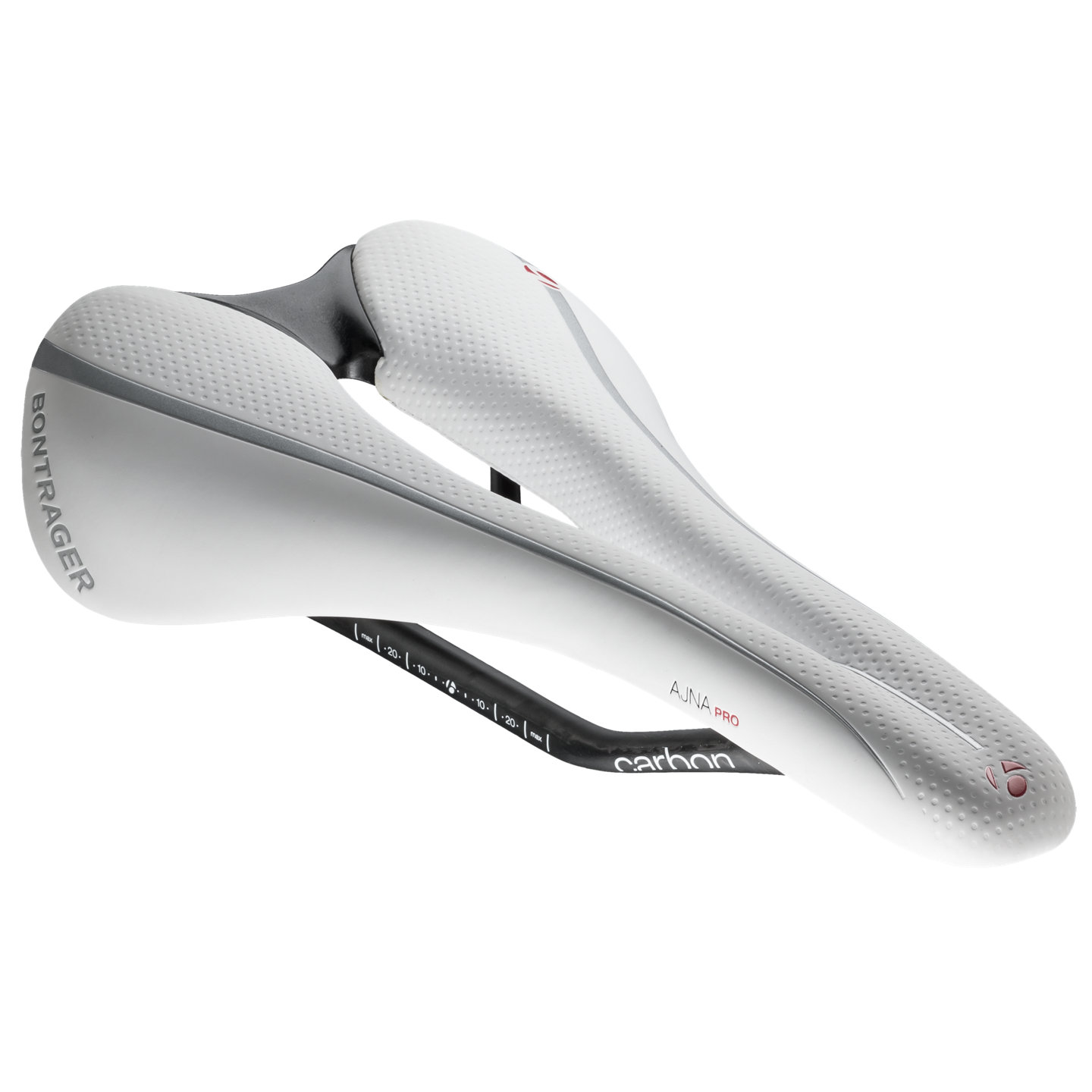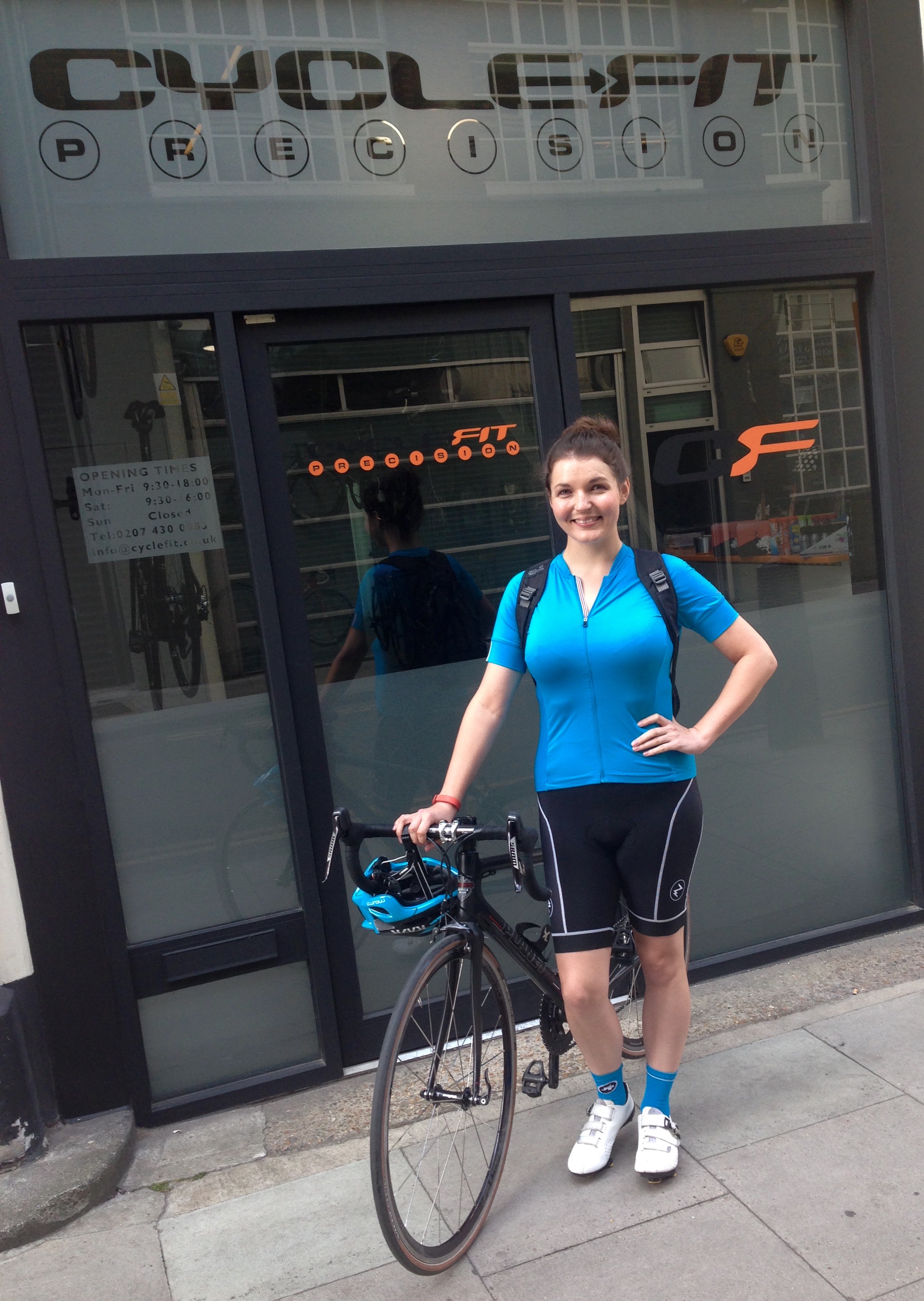Last month we brought you the first of a three-part series of exclusive interviews with three riders participating in the Club Peloton pedElle 2016 women’s cycling charity event. PedElle 2016 is a three-day, 425km ride for female professionals from the property industry.
We have partnered with Aspire PR to bring you this series and we’re thrilled to be catching up with riders Sam McClary, Sarah Jenkinson and Yvonne Smith ahead of the event which begins in Salzburg on Monday 23rd May. Read on for their training strategies, fueling tips, secrets to comfort in the saddle and more…
pedElle 2016 Rider Profile: Sam McClary
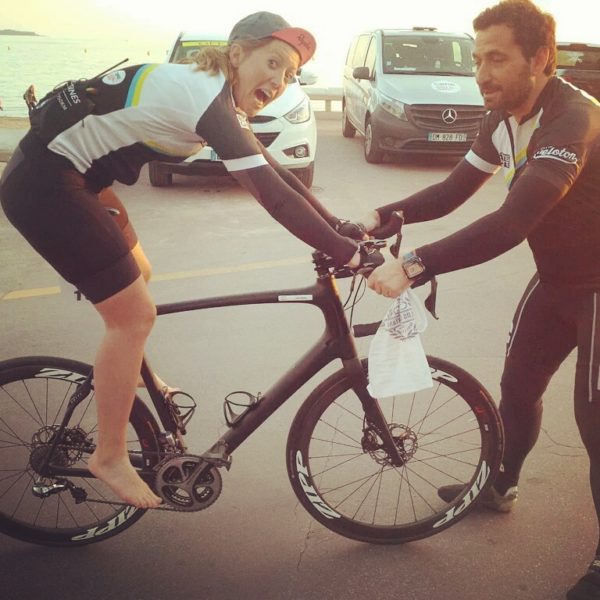
Sam, with less than a month to go before pedElle 2016 begins in Salzburg, how do you feel?
Desperately looking forward to getting out of the office and having only to worry about turning my legs and pedalling. If I’m honest, I probably haven’t cycled enough but hoping there’s some good muscle memory left in my legs from earlier in the year and last year’s adventures.
What kit will you be taking? What brands/favourite items do you rely on for comfort and performance in the saddle?
I have some AMAZING kit from Betty Designs which I love. And always get comments on. And people asking if the Kick Butt on, well, my butt, is an instruction. It’s great kit though. Not only does it look cool, the fit is great and the chamois is just right – not too much, not too little.
What do you use in the way of training aids – for example, power meters, rollers, turbo trainers? Do you have any tips for keeping up training in poor weather?
I don’t use any kind of training aid, which is weird because I love gadgets. Because I’m not racing anymore and just exercising for adventure and challenge I tend to just use how I feel as a training aid. If you can be honest with yourself about how hard you are (or aren’t) training then I think that is a great life skill. Tips for training in poor weather? Man up! Skin is waterproof.
Apart from chorizo (!), how do you plan to fuel yourself on the pedElle 2016 ride? What are your top tips for maintaining energy levels – and is there anything you avoid?
Is there anything else apart from chorizo? For the sake of friendships and potentially garlicky burps, I will also use other fuels. I’m really quite anti gels and the like, however, so for me it will be dried fruits – dates and prunes are my favourites – seeds (I can’t do nuts) and some dark chocolate for those dark moments. I’ll also have a greens drink in the morning and pop a vitamin c tablet in my first bottle on my bike. Recovery – apart from wine and Aperol Spritz (a traditional PedElle tipple) – will be a protein shake or chocolate milk. Not just to rebuild muscle, but also because it is a tasty treat after a long, hard ride cycle.
One of the biggest challenges on long multi-day rides is saddle discomfort. As an experienced pedElle participant, what is your advice to first timers for avoiding saddle pain?
Investing in a good saddle that works for you and finding the ideal pair of shorts is the key when dealing with saddle pain. Making sure you have been fitted on your bike and using correct form will also help alleviate any discomfort. And getting out of the saddle for a little wiggle never hurts. And of course, sometimes you’ve just got to break everything (EVERYTHING) in a bit.
pedElle 2016 Rider Profile: Sarah Jenkinson
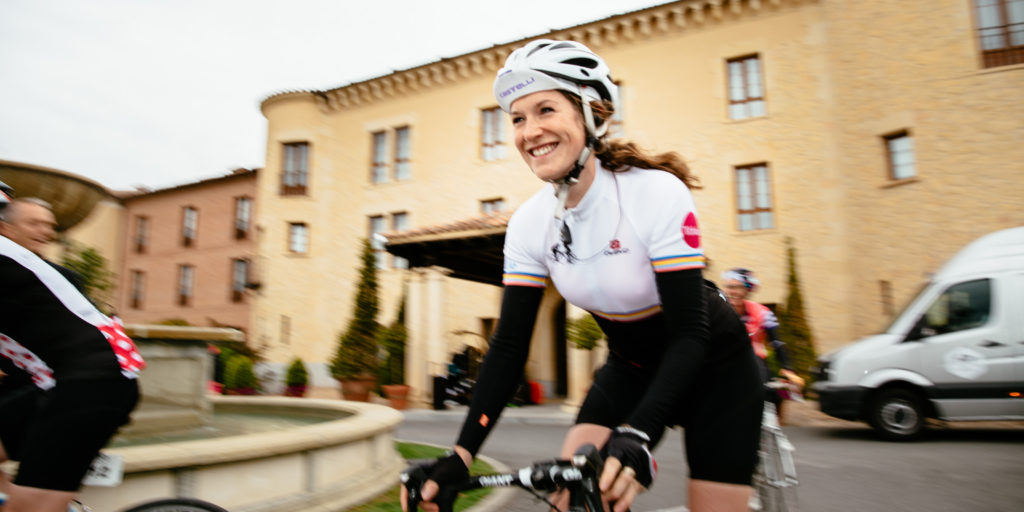
Sarah, with less than a month to go before pedElle 2016 begins in Salzburg, how do you feel?
I’m feeling excited! We had a great training ride a couple of weeks ago in Surrey where 12 PedEllers turned up. There was a fun and supportive atmosphere in the group and lots of giggles. My knees have been feeling a little sore, especially as I’ve been doing more running recently too. So I’ve (slightly grudgingly) started some strength and conditioning sessions to strengthen everything up before the ride. This is particularly important now that we’ve been informed that the first day has 4000m of climbing over 180km with a few 20% gradients…!
What kit will you be taking? What brands/favourite items do you rely on for comfort and performance in the saddle?
Hopefully the sun will be shining so it will just be a case of shorts, jersey, sunglasses and a cap! I’ll probably take my Velotoze shoe covers in case it rains I just love these. They’re like a swimming cap for feet and come in lots of bright colours. Lightweight and look good!
What do you use in the way of training aids – for example, power meters, rollers, turbo trainers? Do you have any tips for keeping up training in poor weather?
I’m pretty old school; a map and a bike. I don’t really like gyms or spin classes, so tend to just get on with it good weather or bad.
How do you plan to fuel yourself on the ride? What are your top tips for maintaining energy levels – and is there anything you avoid?
I try to eat natural foods where possible and just keep eating and drinking every hour. I avoid gels after a bad experience in a triathlon. A few of the ladies have been exchanging flapjack recipes in the run up to the ride and I think home made energy foods are always a great shout! In terms of recovery drinks, personally, I find the best is a cold beer!
One of the biggest challenges on long multi-day rides is saddle discomfort. As an experienced pedElle cyclist, what is your advice to first timers for avoiding saddle pain?
Invest in a good saddle! I have a female specific saddle - a Selle Italia Diva and have used it on many long distance trips including a cycle across America. This combined with a decent pair of padded shorts (I use various brands including dhb, Liv and Rapha) should be fine. Of course, sitting in any position for 8+ hours will always lead to some discomfort but I have never really had any big issues.
[This just goes to show how the only way to find the right saddle for you is to go for a saddle mapping session – the Selle Italia Diva was hellish for Vamper’s Victoria but clearly the right saddle for other cyclists. Read more here.]
pedElle 2016 Rider Profile: Yvonne Smith
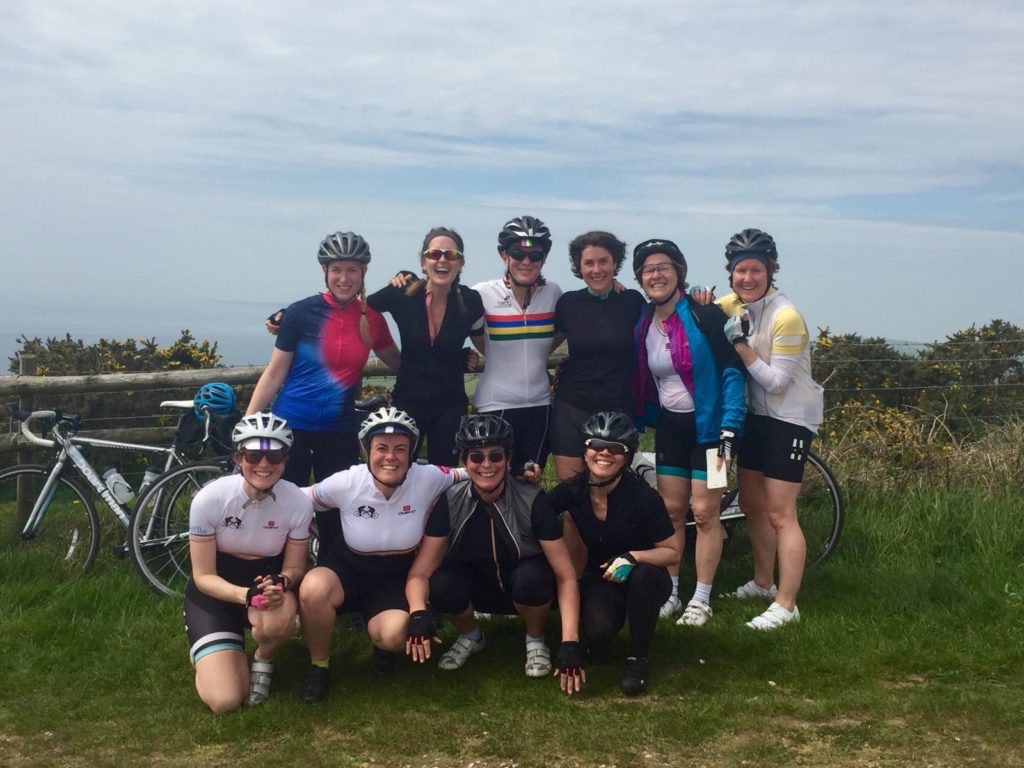
Yvonne, with less than a month to go before pedElle 2016 begins in Salzburg, how do you feel?
I am taking the training very seriously as I want to be able to complete the event and not pick up any injuries. PedElle provided me with the programme and it is achievable if you are single-minded with a great husband (shout out to Julian!). Once a week, I go to a spin class and another day will cycle to work and back (50 miles round trip).
Over recent weekends, I have done different rides both days to get some variety. Sometimes endurance and sometimes hills and last Sunday was both! I got up Ditchling Beacon without stopping for the first time and I was thrilled. The family is still planning, accompanying me and encouraging me. Mentally very positive – need to keep pedalling!
What kit will you be taking? What brands/favourite items do you rely on for comfort and performance in the saddle?
I haven’t found shorts with sufficient padding yet! I have received the kit list so will go through that and borrow off my daughter Hannah or wander down to the many cycle shops in the West End. To reward my efforts I have bought a Queen of the Mountains T-shirt and one with “Girls on bikes – keep up” for relaxing in the evening. I have promised to ditch the rucksack with all the extra layers, tools, torch, whistle, food, book (in case I get a puncture and have to wait around) etc. as I become more confident.
What do you use in the way of training aids – for example, power meters, rollers, turbo trainers? Do you have any tips for keeping up training in poor weather?
What’s the saying – “There is no such thing as bad weather just bad clothing and equipment”. I have only given up once and that was in Storm Kate. I love being outside and as I have a dog, you get used to carrying on regardless.
How do you plan to fuel yourself along the pedElle 2016 route? What are your top tips for maintaining energy levels – and is there anything you avoid?
I have actually started snacking on chorizo [like Sam!] when cycling and I prefer it to sweets. I don’t really have a sweet tooth. I have also bought Nuun rehydration tablets to add to my water bottle and these are not too sweet either. The usual – wine gums and Jelly Babies give you a lift and help you face the hills. I am ravenous a lot these days!
Multiple long days in the saddle can be quite uncomfortable. What is your strategy for staying comfortable on your bike over long distances?
I mentioned this earlier. I have bought chamois cream but when you are tender it stings like heck! Still looking for a solution and it’s one of my favourite topics of conversation with female cyclists at the moment. During the ride I move back onto the saddle going downhill and forward going up and this helps the balance and also gives a little relief to the under area!
In addition to paying an entry fee, the riders commit to raising a minimum amount for a number of children’s charities including Coram. To date, Coram has received £500,000 from Club Peloton events, making it Coram’s largest corporate partner. The funds raised by pedElle 2016 will go towards Coram’s adoption services, helping vulnerable children find stable, loving families.

